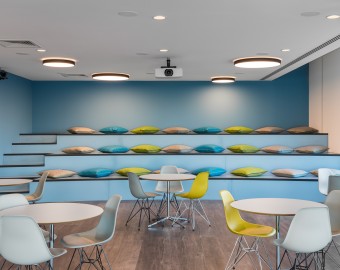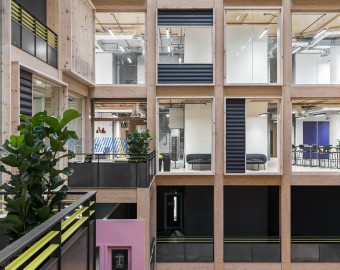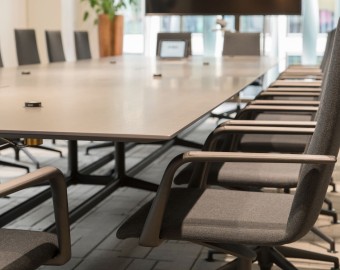The future for education and workplace design
As the world of work continues to evolve along a hybrid axis, employers are increasingly looking for candidates that are analytical and creative in their thinking, and the trend within educational environments is adapting accordingly.
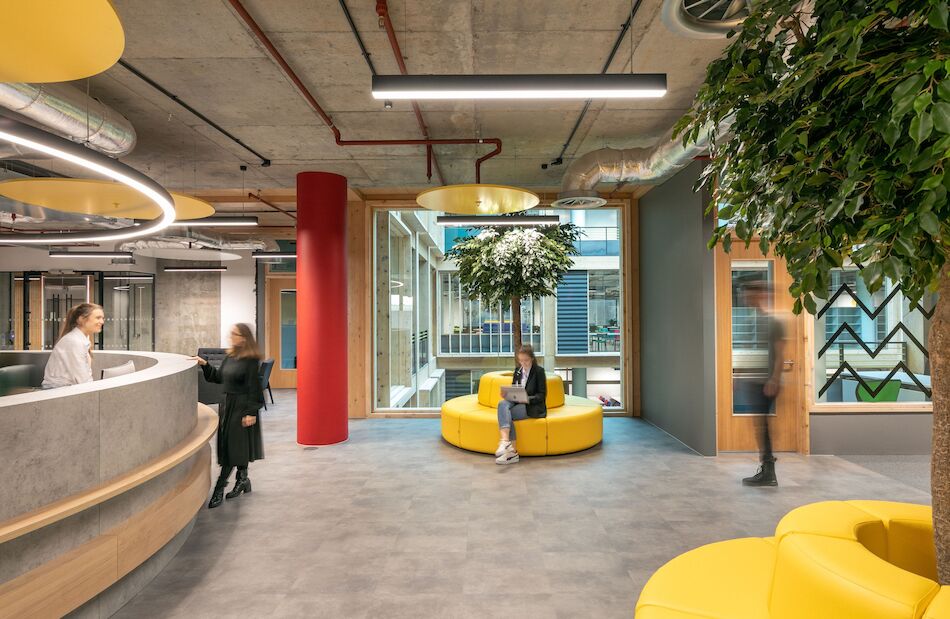
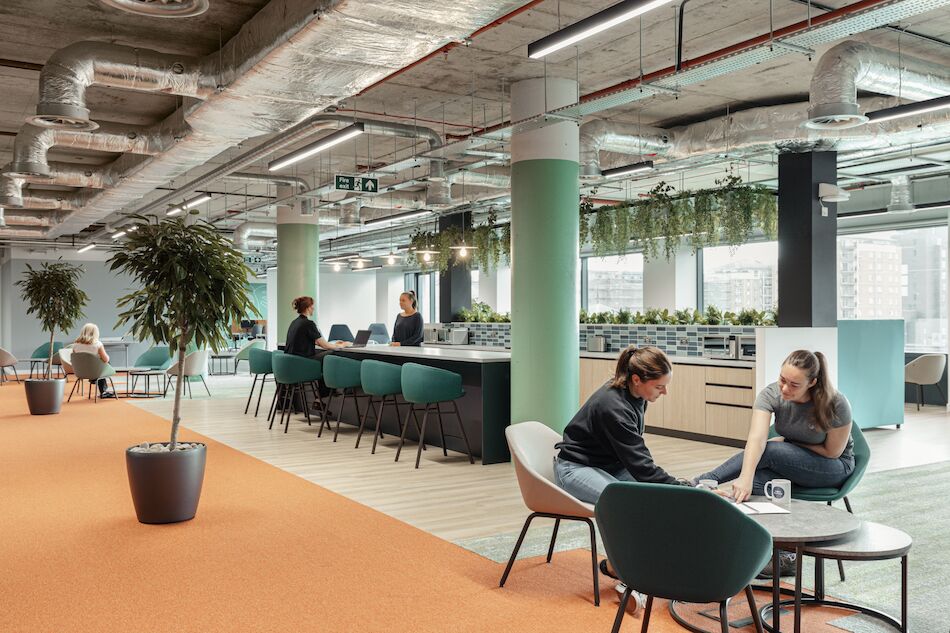
Traditional Educational Settings and Modern Needs
The traditional educational format has often consisted of neat rows of desks all focused on the lecturer at the front of the room, and this model survives today. However, this arrangement does not often support interaction, and today’s learners are looking for more flexibility and fluidity, mirroring the move towards the open and collaborative workspaces we are becoming accustomed to. It is also often true that subject matters, within further education, will have co-existed independently of each other, and that, traditional learning has meant that cross-pollination between subjects and students has been restricted to social spaces. We are now seeing the evolution of cleverly designed educational workspaces encouraging teamwork and collaboration, while also providing opportunities for independent study where necessary.
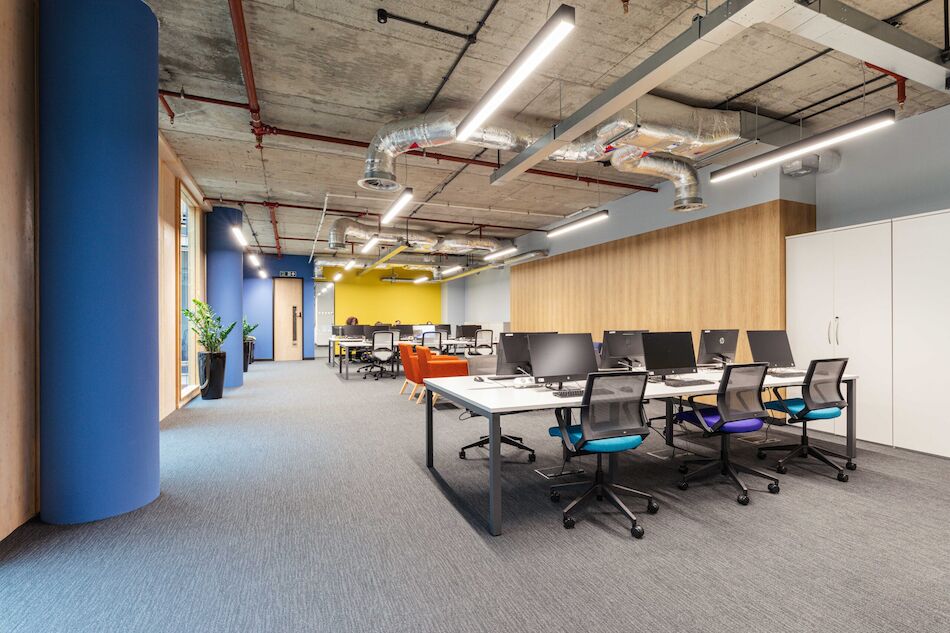
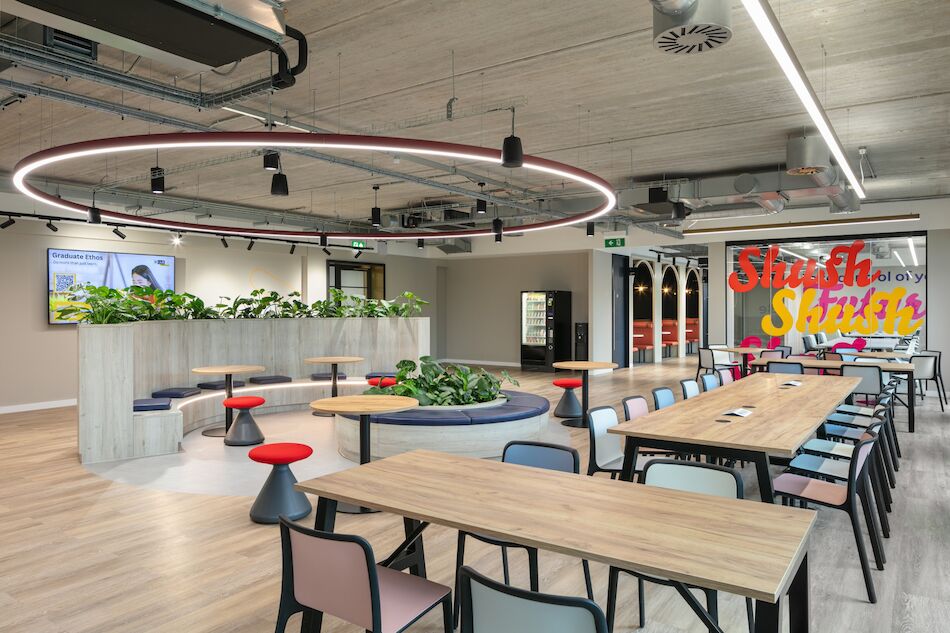
Evolving Educational Environments
Overall, as in the workplace, interior design within education appears to be evolving to support its audience. More credence is being given by management to the academic, emotional, and societal requirements of their students. Educational environments are becoming more inclusive, and students are being provided more independence and self-determination, with a view to understanding how they need to study, learn, and succeed. Creating an ethos of self-sustained lifelong learning breeds creativity, innovation, and enhanced performance. In short, spaces that cater for independent, collaborative, and flexible learning will deliver more resolute students and therefore higher grades. They also better prepare candidates for agile working.
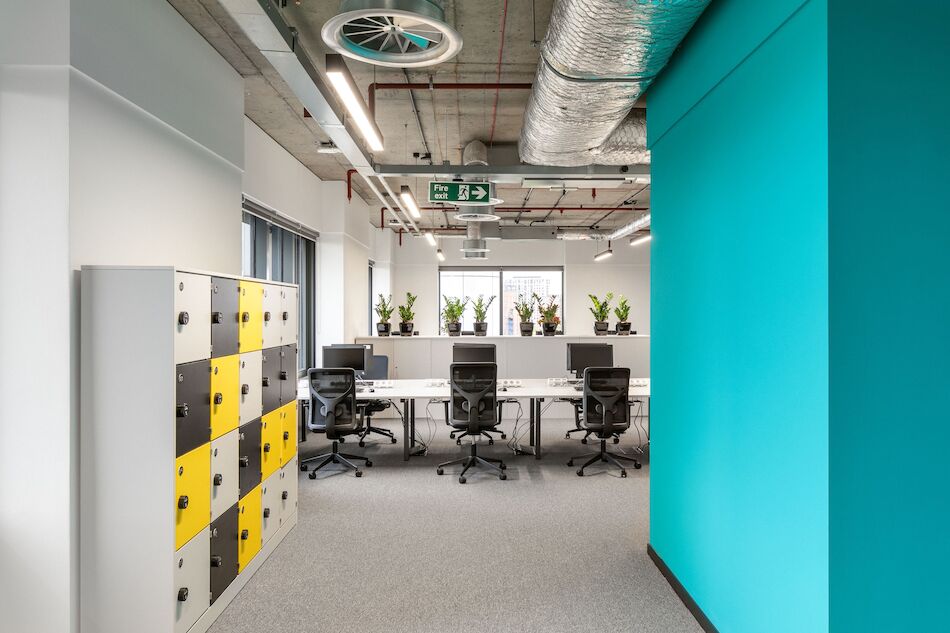
Inclusive Design and Student Support
Interior design in education is also increasingly embracing students’ sensory and neurodiverse needs, with separate areas allocated to quiet rooms and safe spaces. Student support is central to any successful educational establishment and while the world of academia must rely on levels of hierarchy to some extent, there is also scope for flexibility in approach to support diversity.
Implications for Future Workplace Learning
Interestingly, we also have data on how we all feel about learning once we have migrated from fulltime education into employment. A study published by Microsoft in the 2022 Work Trend Index Pulse Report revealed that 76% of employees would stay longer at a company if they received more learning and development support. This underlines the need to understand how the office spaces we design can better support learning and development. Indeed, education environments can provide critical insight to which types of spaces might transfer to the workplace.
Summary
The Workspace Consultants’ Associate Design Partner, Matt Brookes, believes that all educational establishments would benefit from considering new ways of learning. ‘We’ve been working with a number of education clients, over several years now, and the emerging common theme is one of creating bright, colourful and interactive spaces,’ comments Matt. ‘They will still very much incorporate classrooms but will also have open-plan office style spaces to aid concentration and collaboration. These newly defined spaces will work efficiently to stimulate effective learning and in common with workspace design, need to be flexible, adaptable, inviting, and welcoming. This will ensure that every student feels comfortable and open to studying both in groups and individually.’
Get in touch
The Workspace Consultants offer education design in Cambridge, London, and Manchester. If you need to adapt your school, college, or university for 2024, call us on 01223 656111 or complete our enquiry form to book an initial discussion.

